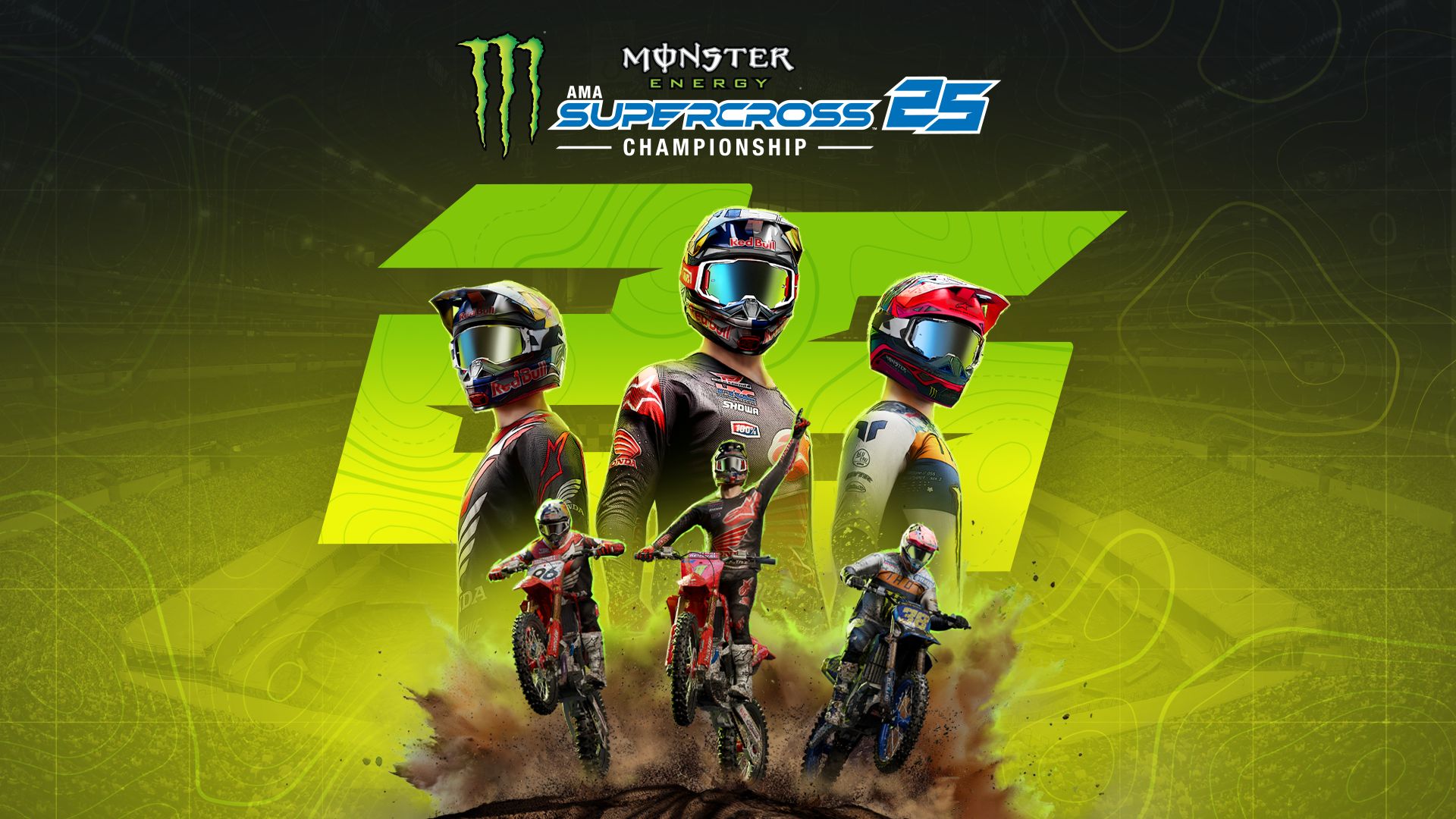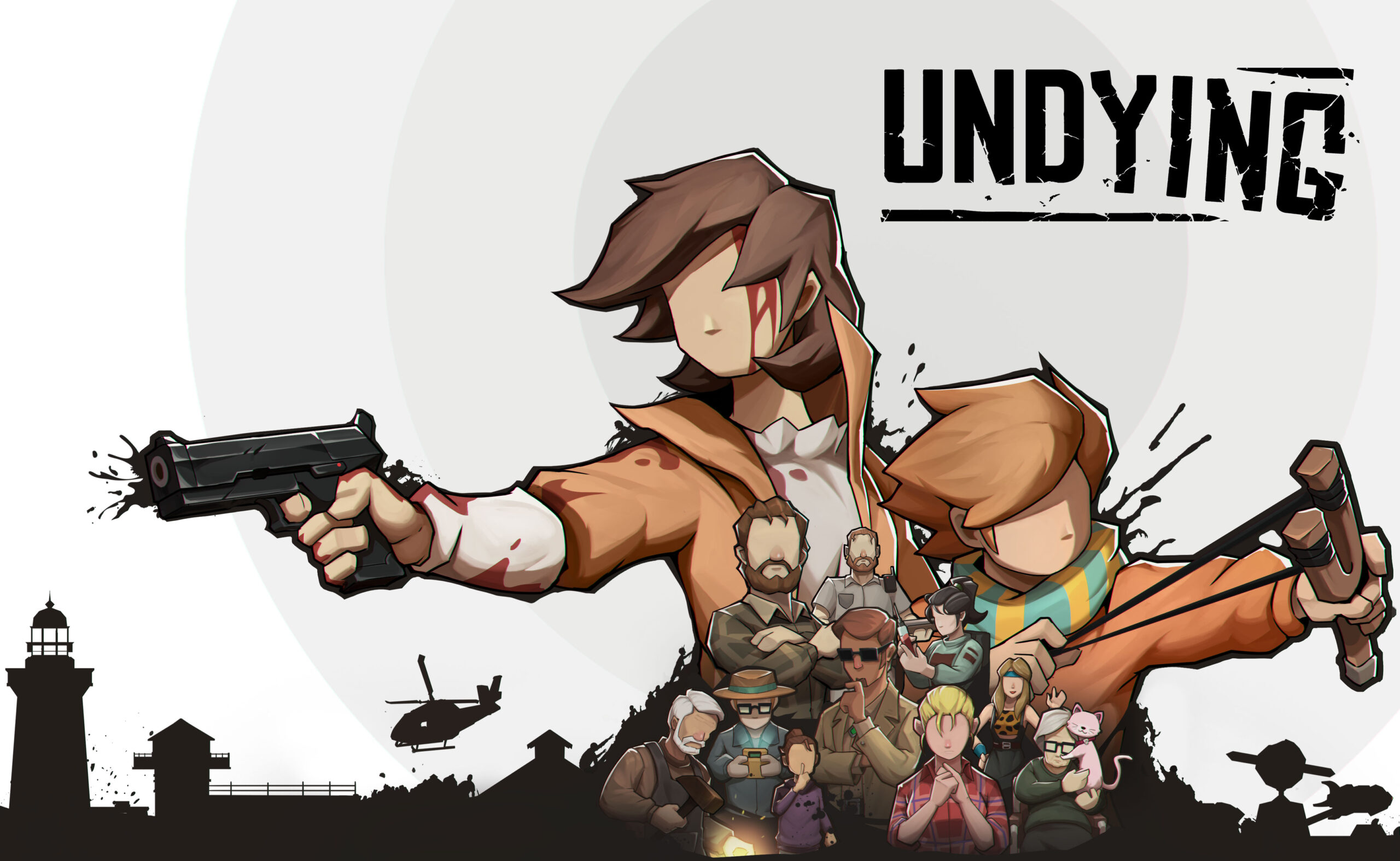Dynasty Warriors: Origins Review – WGB

I haven’t touched a Dynasty Warriors game since they were still available on demo discs attached to the Official UK PlayStation magazine. Since I have no sense of time, I can only assume that was sometime in the early 1700s. Or maybe the late 1800s. The point is, while I’ve always been aware of the series and its musou gimmick of having lead characters capable of single-handedly kicking the arse of entire armies.
The point is, this is my first full Dynasty Warriors game. Pitched as a soft reboot for the series, Origins seemed like a great place for me to start. Of course, technically every Dynasty Warriors game is a reboot as it retells the same core story, just changing around some of the details and the characters. But this one is even more rebootey, a word that doesn’t exist but still seems the most apt.
Available On: PC, Xbox Series S/X, PlayStation 5
Reviewed On: PS5
Developed By: Omega Force, Koei Tecmo
Published By: Koei TecmoReview code provided by Koei Tecmo
Look, the gist of what I’m saying is I’m approaching this review from the perspective of a noob. I’m not going to be making comparisons to the past games, I’m just going to offer a perspective on whether it’s a good game for anyone who has wanted to just into the series but perhaps felt a little intimidated by how many Dynasty Warriors games there are.
The series’ trademark is pitching you against not just dozens, not just hundreds, but thousands of enemies at any given time. The screen is flooded with generic foes who cannot hope to stand against your might and basically exist to be turned into worm food at your whim. It’s incredibly satisfying to cleave your way through legions of bodies and to watch the K.O. counter climbing higher and higher, usually to around 1,000-2,000 per battle. It’s a power fantasy. That fantasy exists outside of the game’s combat, too, because the game delights at making your character the most important person in the world. Almost every cutscene has a character describing how amazing you are, how powerful, how important, how incredibly glad they are to have you in your life. In this universe, you are the centre of everything, and all must bow to your glorious…er, gloriousness.

Sometimes the effort the game goes to gas you up is genuinely hilarious. You frequently receive letters from soldiers you apparently encountered on the battlefield, including a few from people who were on the opposing side. They gush about yours skills on the battlefield and how you saved/spare/were kind of near them and thus changed their lives! And then give you gifts of ancient coins or magical amulets. It’s a little strange, and even funnier when you consider I spent most of the last battle accidentally summoning my horse, running back and forth because one of my allies is in “Dire Straits!” and gobbling meat buns for health. Truly, I am the stuff of legend.
Unfortunately, your character is a blank slate. He is an amnesiac warrior, a so-called Guardian of Peace (never mind the trail of bodies) that also happens to be mute. Well, not quite – he does actually utter a few generic sentences during fights, but otherwise remains resolutely silent, communicating purely by staring at people, or staring pensively at the camera/off into the distance while the screen fades to black. It’s actually rather odd that the developers didn’t opt to let players create their own character since the one were are given has the personality of a cardboard cutout.
Thankfully, Captain Cardboard and his dramatic stares do not overly damage the very enjoyable story that spans years. Loosely based on the famous Chinese Romance of the Three Kingdoms, the game tackles roughly half of the book which does result in a slightly odd ending.

There was a bit of a culture shock, mind you. I don’t play a lot of Japanese titles these days, and often forget just how different the storytelling style can be. More emphasis is placed on what I would call melodrama, especially at any point where you’re interacting with someone of the feminine persuasion. Sometimes it tiptoed gently across the line into camp and cheese territories, and once or twice it skipped the tip-toeing and just ran in their at a full spring with its clothes off.
Perhaps the simplest explanation is that I’m Scottish, so I’m not used to people being so genuinely earnest. If it’s not surrounded by at least three swear words and some teasing insults, I simply cannot accept any compliment or sincere word. You bloody twat-waffle. It makes scenes where a character is describing Captain Cardboard as being so vital to their existence a tad cringe but in a genuine and heartfelt way. Again, though, as a Scotsman, the words “genuine” and “heartfelt” are things that happen to other people.
Once I hurdled the difference in storytelling, though, I found myself having a great time following the plot, although I did end up having to take notes in order to keep up with the various Lords, names, betrayals, battles and alliances. Less interesting is all the background story about Captain Cardboard and his mysterious past which I frankly did not give a damn about. Luckily, it didn’t take up too much of the screen time and the deeper aspects of it are optional, letting me focus on the more interesting dramatic events unfolding. Eventually, you have to decide what faction to side with, a difficult task when so many of the people you’ve fought with appear to have real merit. Although it does feel like the first group you really interact with is intended to be the obvious choice.

Battlefields are typically large areas with multiple smaller fights occurring across them, as well as bases to capture along the way. The main objective is usually to kill an enemy general or capture a specific area, although a few curveballs are thrown into the mix, while ensuring your own general isn’t turned into a Halloween decoration. How you opt to achieve these goals is up to you – maybe capture the bases around the outer edges and launch a bigger assault from a side, or maybe help out one of the other characters who are busy driving a battering ram up to the front door. A steady stream of information is almost always being delivered to your via the mini-map and pop-ups, informing you when allies are advancing, where enemy assaults are coming, if friendly generals are in trouble and so on, leaving you to decide where to focus your efforts.
Most of the time you’re wading through hapless goons so you can get to the enemy officers who lead the armies. Like you. they have special abilities, and if they’re a named story character they’ll have much bigger health bars and powerful skills that can buff their forces unless stopped. Crushing these foes in combat (sometimes they’ll even challenge you to a 1-on-1 duel) will often lead to the nearby enemy forces surrendering completely, or to your own team getting a bit morale boost.
It’s possible to sometimes charge in and live up to the one-magical-boy-wrecking-ball concept by scything through to the enemy and completely fucking up the enemy general. It’s glorious when you pull it off. However, most of the time the plan won’t work as you get mobbed and worn down. While you’re busy being drowned under a tide of bodies, the rest of your forces and allies will be getting pounded into the dirt, boosting the enemy morale bar which makes them even stronger in turn.

Really, the idea is to support your army by sticking with them, carving out a way for them to reach the main objective. Your army has an overall plan that it will try to implement, but your goal is to be everywhere all at once. That can even lead to you getting to take part in massive charges with your allies or triggering special ambushes. These moments where you are barrelling down a hill with a tidal wave of soldiers toward a solid wall of enemy soldiers feel especially epic, like a scene out of Lord of the Rings.
The way the game is always feeding you things to do mid-battle, like crushing a team of archers to stop an enemy officer’s ability triggering or saving an ally or escorting a battering ram, all serve to break up the action. More importantly, they create an illusion that you’re somehow a tactical genius. As you employ abilities and help lead charges, it can feel like you’re intelligently leading your army to victory, when the truth is you’re basically an overpowered errand boy reacting to things as they are presented. It doesn’t matter, though, because in the middle of it all, it feels like your decision to reinforce point B over point A was the key, deciding moment that won you the battle.
What you fight the hordes with is important, so Origins presents you with 9 different weapons to choose from. From a simple sword or spear, to vicious discs that you throw in wide circles and a whirling staff, each weapon is unique and they each have a selection of special Battle Art abilities that you employ by using the Bravery Meter, further helping to differentiate them from each other. Basic attacks can be combined with more specialised moves, plus there are even more tricks to pull off by combining either the attack button with dashing, jumping or the block button. It won’t take you long to find a few weapons that really clicked with your play style, and I was more than happy with the combat system. In some ways, it does feel like a simple fighting game with the various combos and abilities.

The way weapons and levelling up are tied together is unusual, and a little clunky, in my estimation. To increase your overall level and thus boost stats like health as well as unlock new sections of the upgrade tree. you need to increase your weapon proficiency, done by just using them. That creates an interesting system wherein you are encouraged to swap weapons frequently to level up faster since each new proficiency level takes longer and longer to achieve. You also get optional objectives that are typically based around your weapons which provide heaps of skill points, again pushing you to mix things up.
However, you also hit a bit of a wall around proficiency level 5 or 6 with each weapon, creating a large speed bump in levelling. And the system also means that once you find the weapons you like, drilling down into them and getting good with them can damage how quickly you level up.
You also get to take your own squad of NPCs into battle who will follow you around. Optional missions let you expand the size of the squad which in turn unlocks very powerful abilities like raining down fire arrows or a cavalry charge. It’s a great idea and helps spice up the basic hack-and-slash gameplay, especially as you can boost their effectiveness by achieving a “Dramatic Success”. For example, launching a firestorm from high above an enemy force will decimate them, while a cavalry charge gains power the further away it starts before smashing into enemy forces.
While you’re doing all of this one-man-army there’s a freaking epic guitar-shredding soundtrack happening in the background which seems to have only one mission: make you feel like a fucking badass. Mission successful, because you do. All. The. Time.

If you aren’t busy singlehandedly depopulating the country in a murderous rampage that would make Godzilla a bit uncomfortable then you’ll probably be hanging around in the overworld. Here, you trundle around the various regions hoovering up stones that can be turned into stones or perhaps visiting with the many characters you encounter, unlocking new scenes and boosting your bond with. Various skirmish battles pop up as well, which provide a way to level yourself up well beyond the main mission recommendations, just in case you want to move up from one-man-army to Jesus-Fucking-Christ-Would-You-Please-Just-Stop-Already.
Repetition might be the single biggest issue Dynasty Warriors: Origins faces. This style of game is largely defined by being a massive hack and slasher where you spend the vast majority of your time carving through thousands of enemies, hammering away at the attack button and launching Battle Arts. Across the lengthy campaign you’ll participate in dozens of huge battles, and potentially hundreds depending on how many side-quests you do or optional skirmishes you complete. After a while, it can begin to feel like Groundhog Day, only more violent and with considerably less Bill Murray. Your enjoyment, then, will heavily depend on how well you handle repetition. If you dive into every battle available and do nothing but hammer out the same few combos then you’ll likely find yourself bored quickly.
In Conclusion…
In Conclusion…
Overall, Dynasty Warriors: Origins serves as an engaging entry point into a long-standing franchise, even for those like me who approach it with fresh eyes. The satisfying power fantasy of mowing down hordes of ill-fated enemies complements the humorously overblown narrative, creating a unique experience that blends chaotic combat with melodramatic interactions. While the repetitive nature of gameplay might wear down some players over time, the diverse weapon mechanics, enjoyable story arcs, and constant action keep the momentum alive. The clunky levelling system is overshadowed by the sheer thrill of battle and the camaraderie with your NPC allies.
Dynasty Warriors: Origins undoubtedly delivers if you’re looking for a game that allows you to unleash your inner warrior while embracing a larger-than-life narrative. Just be prepared for the cyclic nature of its core gameplay—it’s a hack-and-slash that demands a tolerance for repetition, yet rewards you with adrenaline-pumping moments that are hard to rival. For those willing to embrace the grind, this game offers a satisfying journey filled with battles, betrayals, and a healthy dose of humour. So, strap on your armour, grab your weapon of choice, and dive into the chaotic world of Dynasty Warriors: Origins.




